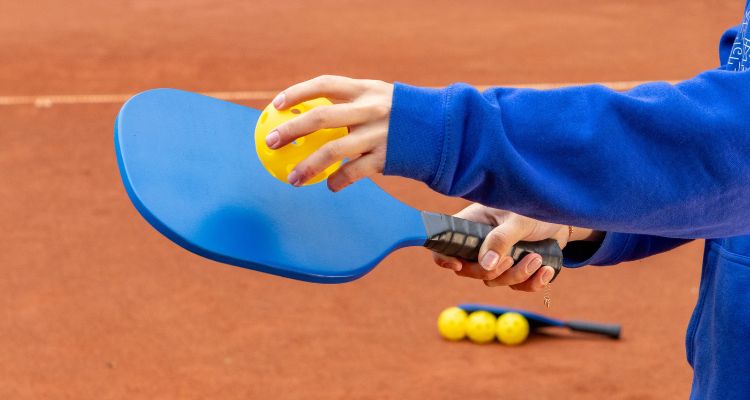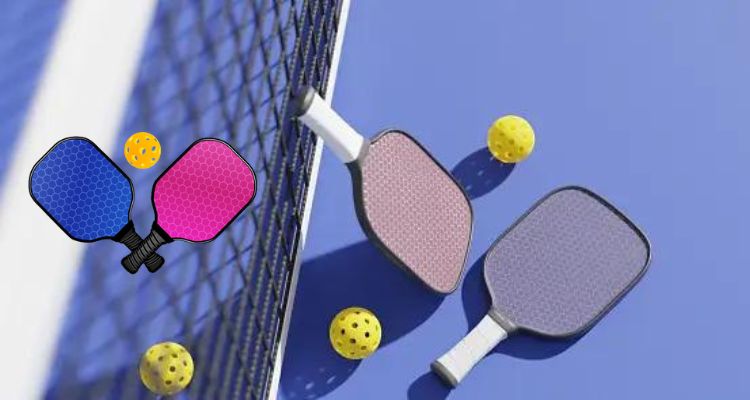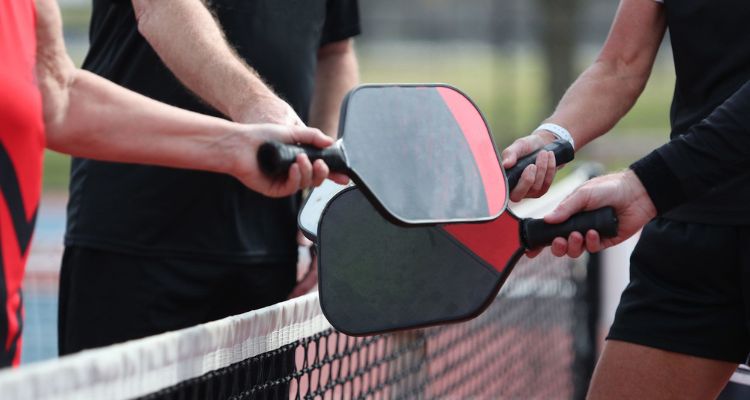Are you tired of feeling frustrated and caught off guard when playing pickleball in the transition area? Don’t worry – we’ve got you covered! In this engaging blog post, you’ll learn all the tips and tricks to become a master of the pickleball transition zone.
What is the Transition Zone in Pickleball?
The transition zone in pickleball is the area between the Non-Volley Zone (NVZ) and the baseline. It’s a crucial part of the game that allows players to move from one end of the court to another without being limited to shots inside their NVZ. It’s where the excitement happens, and where players can practice their footwork and shot placement.

However, it’s important to be cautious when entering or leaving this area. Shots coming from outside the transition zone are illegal and can result in point deductions or disqualification. The transition zone also acts as a buffer between the NVZ and baseline, giving players more time to strategize their next move while avoiding penalty points.
Why is the Transition Zone Important?
The transition zone is a significant factor in achieving success on the pickleball court. It’s the area between the non-volley zone and the baseline, extending from the sidelines to the middle of the court. It allows players to move freely from one side of the court to another without being restricted to volleys or approach shots.
By mastering the transition zone, players can control the game and set themselves up for aggressive shots or defensive returns. It’s a game-changer that can quickly turn defense into offense, helping players score points swiftly. Additionally, the transition zone keeps rallies alive by giving players the time and space they need to take control of their shots while putting pressure on opponents.
Ways to Improve Your Game in the Transition Zone
If you want to enhance your pickleball skills in the transition zone, there are several strategies you can implement:
- Transition from defense to offense quickly by positioning yourself closer to the kitchen line, allowing you to attack volleys or smashes aimed at your feet or lower body.
- Focus on improving your footwork to stay balanced in the transition zone.
- Practice touch shots like drops or lobs instead of always hitting the ball hard. This will keep your opponent off balance and give you more control over rallies in the transition zone.
- Develop mental toughness by staying focused on each shot instead of dwelling on mistakes or worrying about what might happen next. Stay composed even if things aren’t going your way in the transition zone.
By following these tips, you’ll become a better player in the transition zone and gain more confidence on the pickleball court. Dedication and practice are key!

Drills to Sharpen Your Skills in the Transition Zone
If you want to up your game in the transition zone, these drills are perfect for you:
Shadow Drills to Adjust to Different Court Positions
Shadow drills are an excellent way to sharpen your skills in the transition zone. These drills involve two players standing opposite each other on either side of the net, mimicking different court positions as they hit shots back and forth. It helps you react quickly and accurately to different scenarios, improving your agility and accuracy on the court.
Focus on Short Cross-Court Shots from Midcourt
Developing short cross-court shots from mid-court is essential for improving your pickleball skills in the transition zone. By practicing these shots, you’ll enhance your ball control, court awareness, and strategic thinking.
Work on Blocking Ball Direction Change with Strategic Angles
Blocking ball direction change with strategic angles is another valuable drill for honing your skills in the transition zone. By anticipating and reacting to your opponent’s shot direction, you’ll improve your footwork and reaction times while playing pickleball.
Practice Moving Quickly Between Offensive and Defensive Mode
Mastering the transition zone requires the ability to swiftly switch between offensive and defensive modes. By practicing this skill, you’ll optimize your footwork, speed, agility, shot selection, and strategies for switching between offense and defense.
With consistent practice of these drills, you’ll soon be able to hold your own against even the toughest pickleball opponents. It’s time to become a pickleball transition zone expert!

Conclusion
In conclusion, mastering the pickleball transition zone is a rewarding journey that will significantly improve your overall game. By following the tips and strategies outlined in this article, you’ll be well on your way to becoming a pickleball pro. So grab your paddle, head to the court, and start practicing today!




